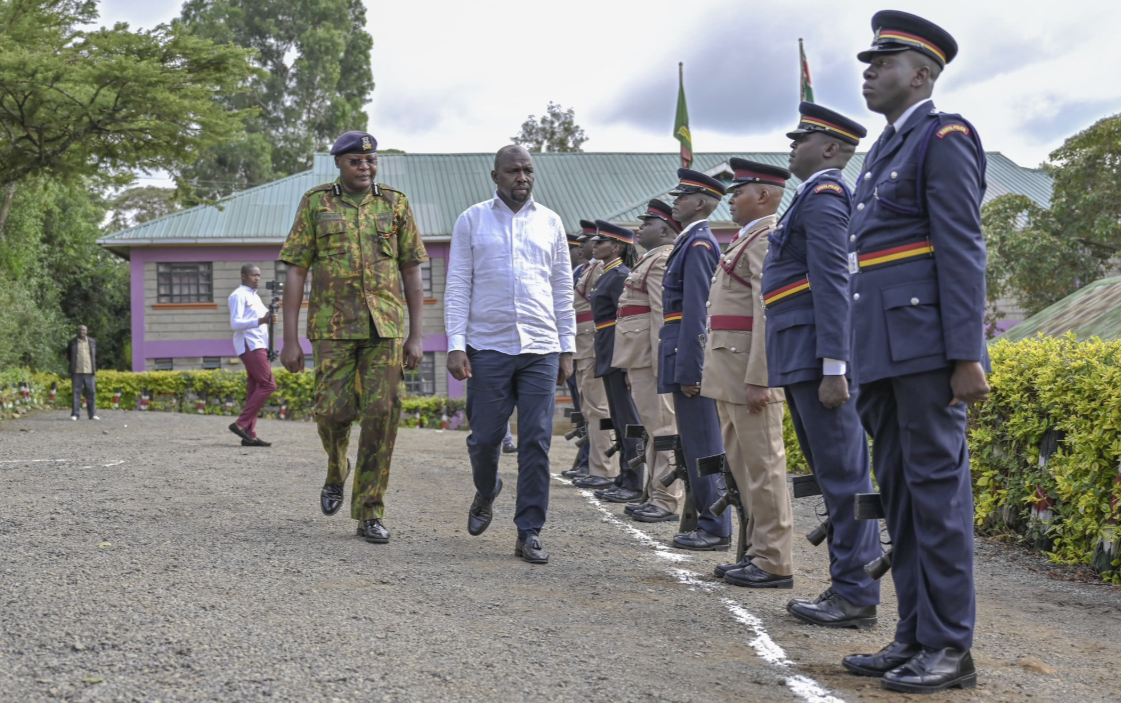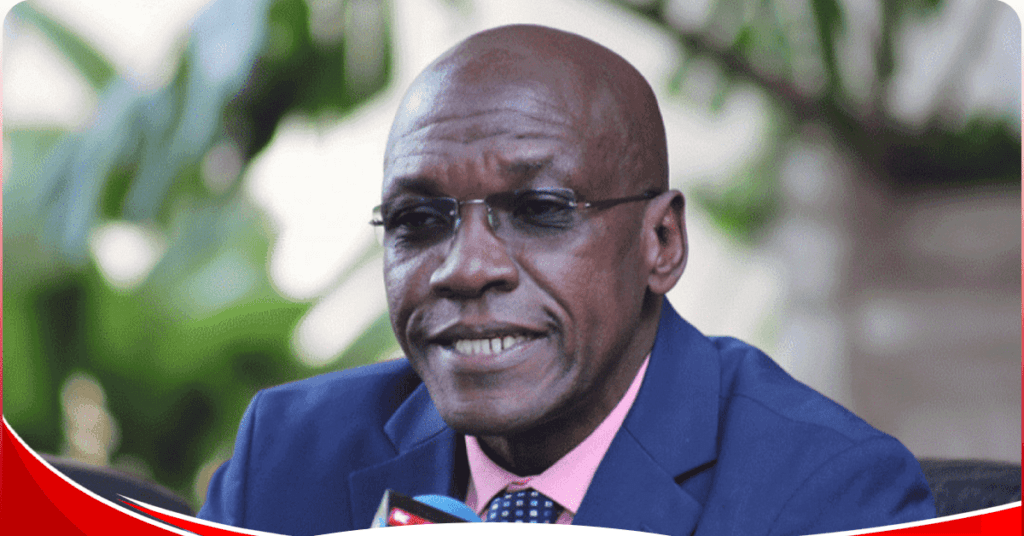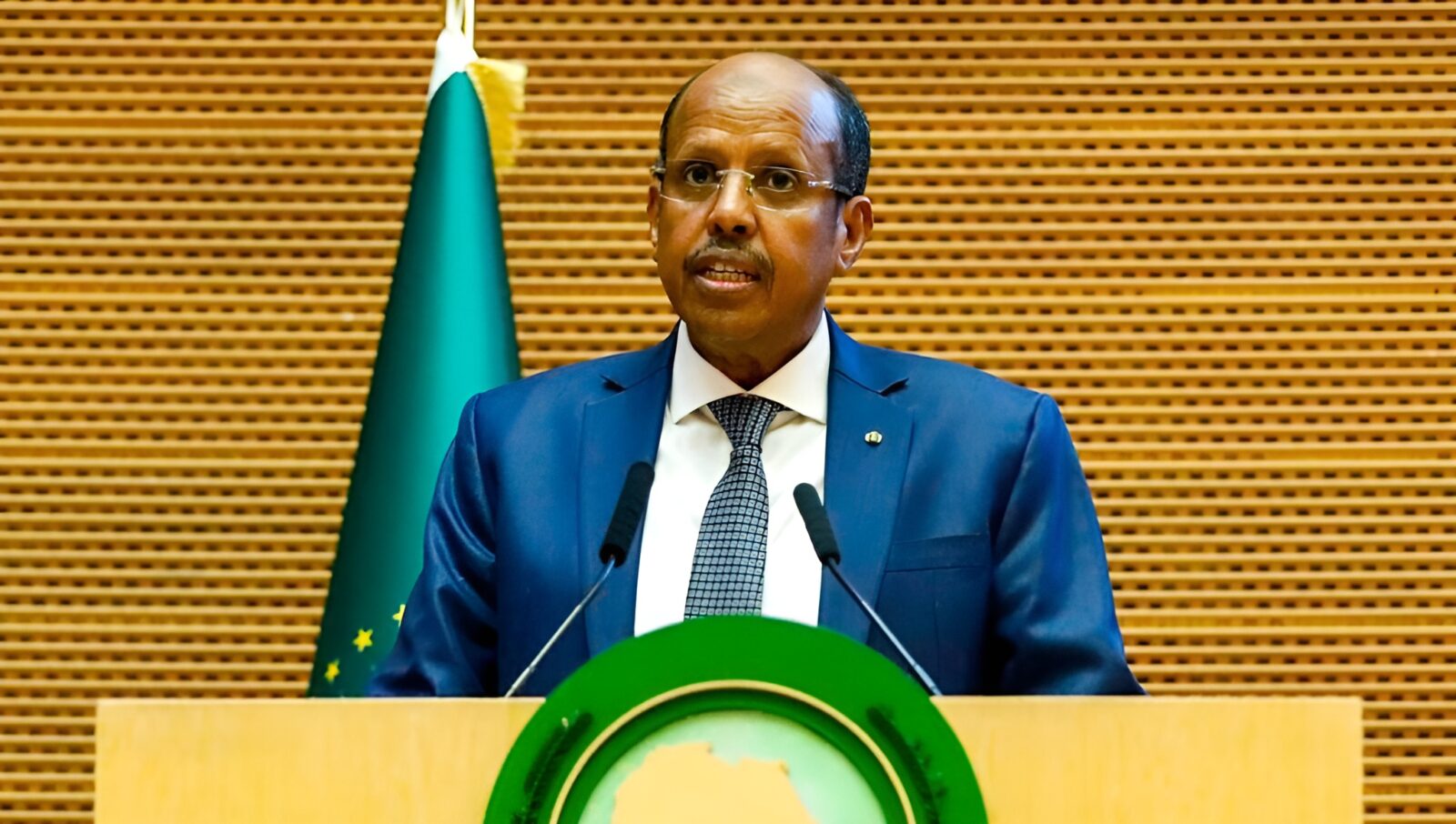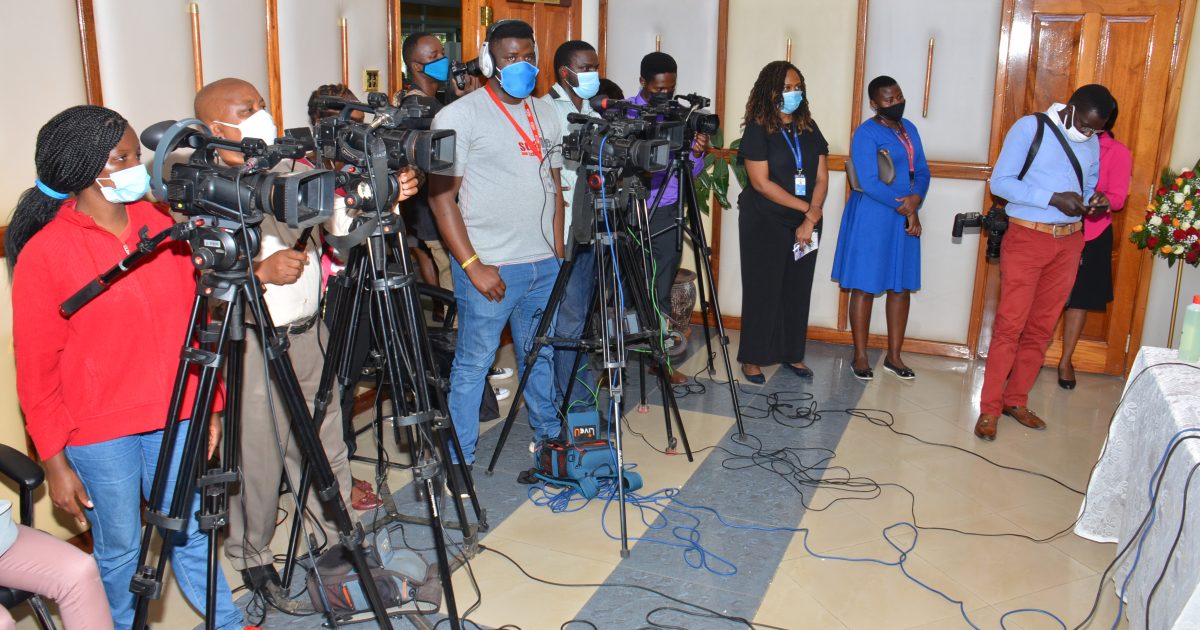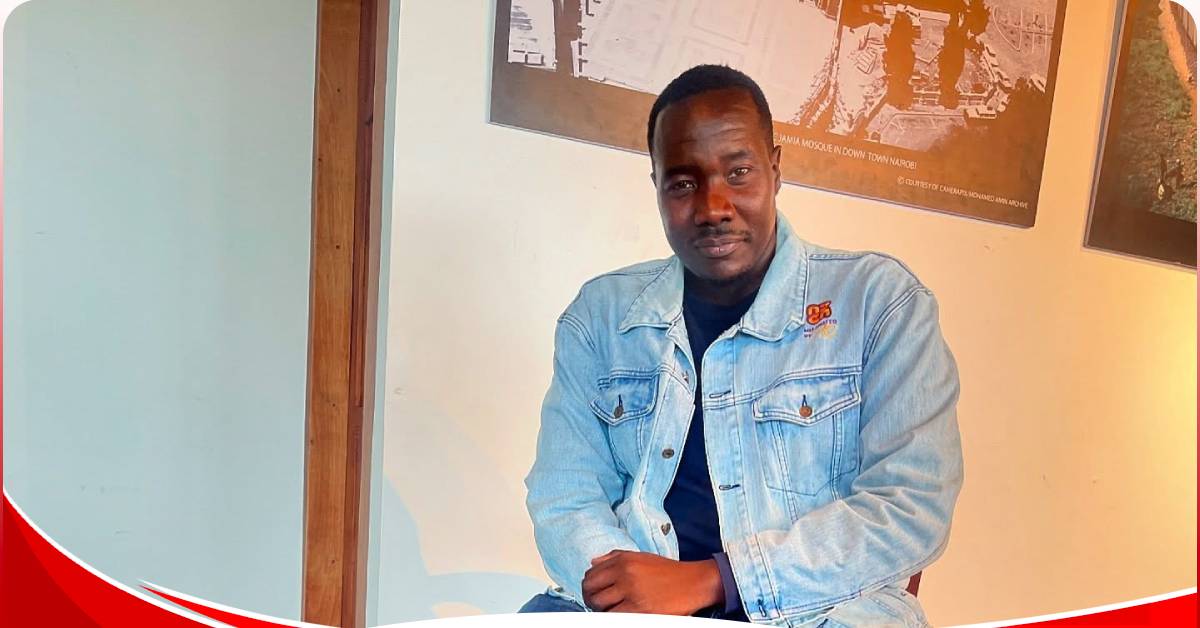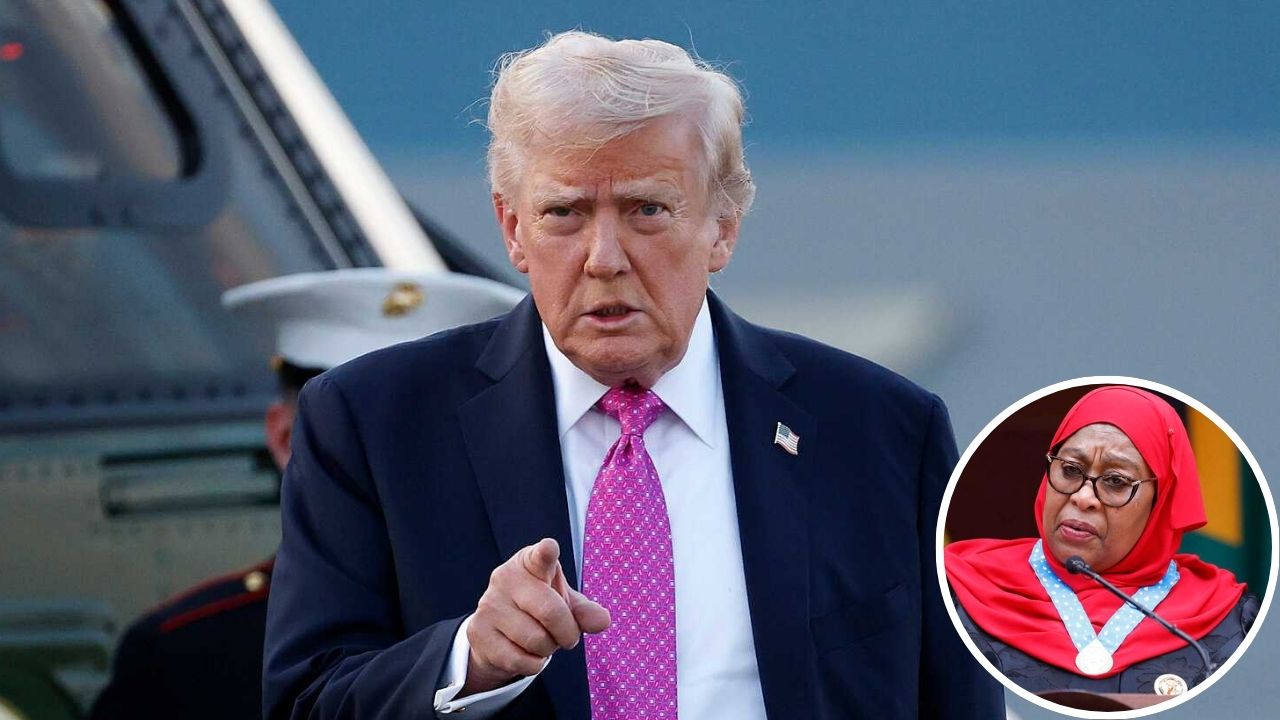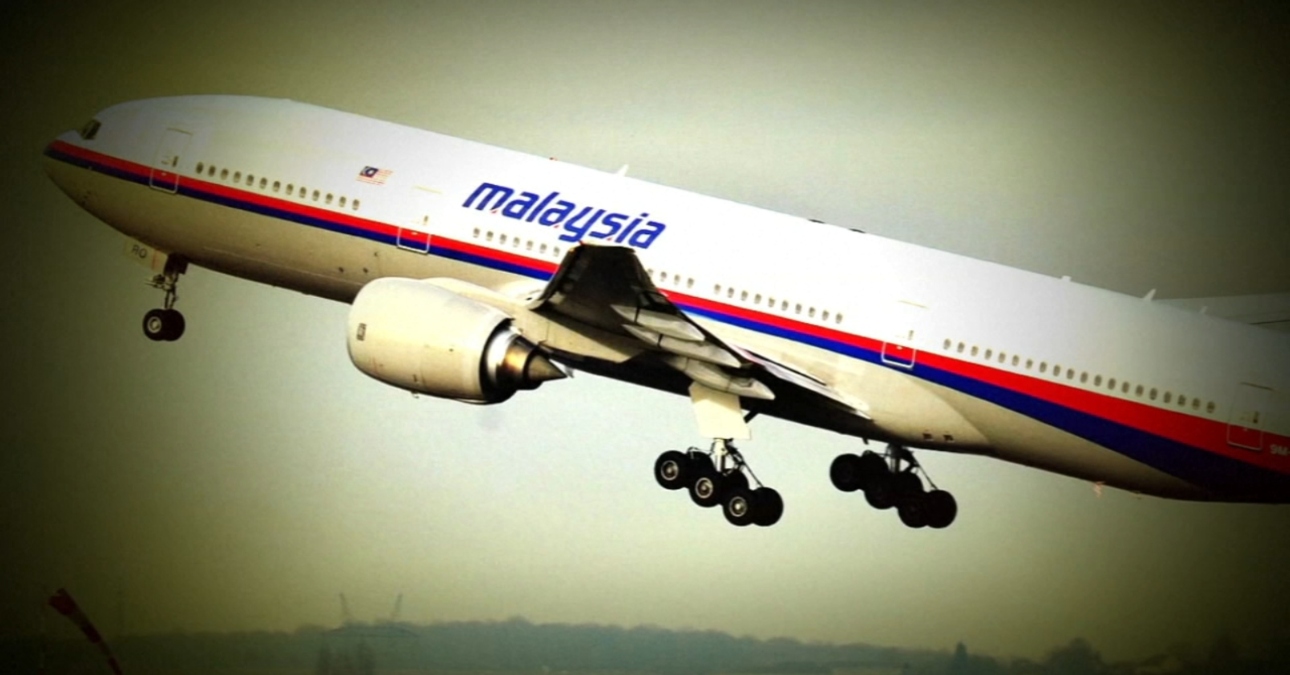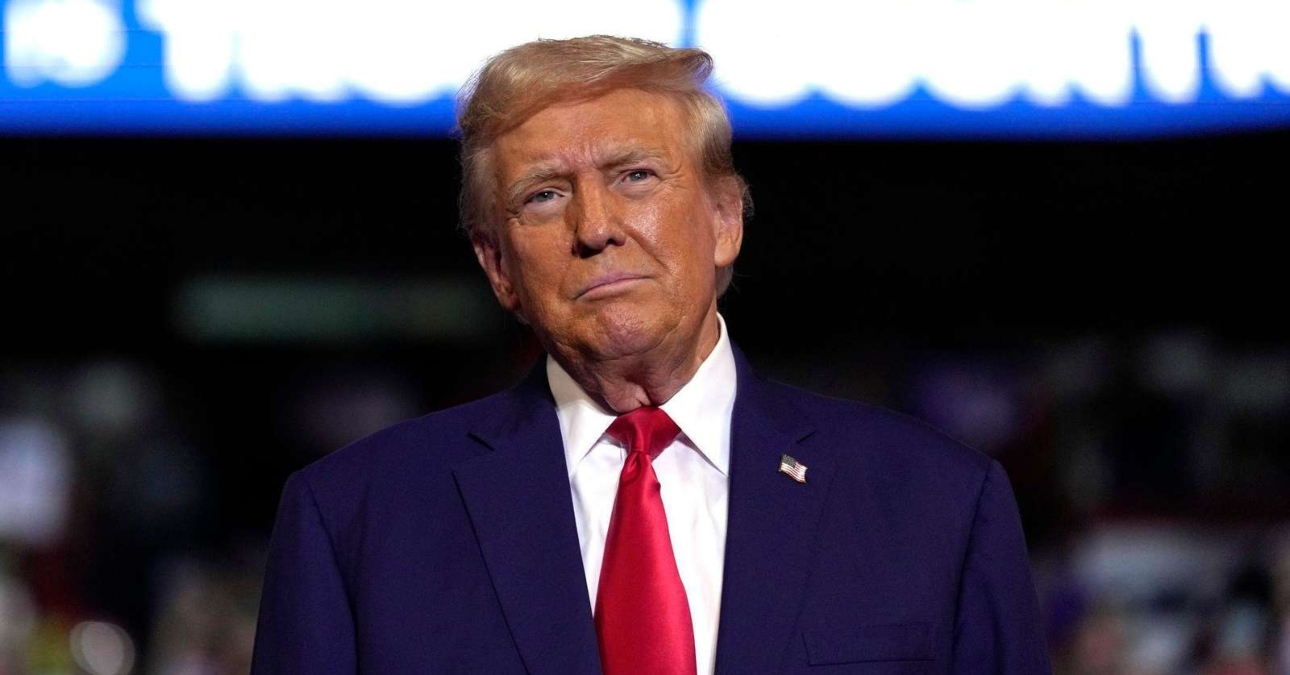Interior and National Administration Cabinet Secretary (CS) Kipchumba Murkomen on Friday, July 18 issued his inaugural policy directive on police use of force and firearms.
Addressing the media after a courtesy call on Samburu Governor Lati Lelelit at his office in Maralal, the CS announced the issuance of the policy that aims to give guidance on use of force and firearms by the police across the Republic.
“I have issued a policy directive on the use of force and firearms pursuant to Article 245(4) of the Constitution, the National Police Service (NPS) Act and the court decisions to the Inspector General of Police,” said the CS.
He continued, “I have dispatched the policy to the IG detailing the recommendations to use force factoring in the prevailing legal framework and court decisions.”
Speaking at the start of the Jukwaa la Usalama, Samburu Edition, to discuss security concerns and service delivery to locals, Mr Murkomen noted that this was his inaugural policy since he assumed office at the security docket.
“This will dictate the use of force and firearms anywhere in protecting self and the public and securing the nation,“ the CS explained.
“IG will now cascade the same to his officers. This matter has elicited public discourse and it’s now a policy on paper that the public can now hold me to account and it’s legally binding.”
He explained that despite the existence of the Constitution and the subsidiary laws, the policy aims to address the gaps in law.
What the policy says with regards to use of force by police officers;
A. Use of force
- A police officer may use force and firearms only in accordance with the rules on the use of force and firearms under the law, departmental standing orders and the respective policy directive.
- A police officer may use force only to the extent required for the performance of their duty.
- Force must never be used as a form of extrajudicial punishment.
- No additional force is lawful when a suspect is safely and lawfully detained.
- The use of force shall be no more than the minimum reasonably necessary in the circumstances
B. Proportionality, Necessity and Precaution - Law enforcement officials shall not use force or firearms against persons except in self-defence or defence of others against the imminent threat of death or serious injury.
- The officers, in carrying out their duty, shall, as far as possible, apply non-violent means before resorting to the use of force and/or firearms.
- Any use of force must be lawful, proportionate and reasonable in the circumstances to achieve a legitimate law enforcement objective.
- Whenever the lawful use of force is unavoidable, the officers shall:
a) Exercise restraint in such use and act in proportion to the seriousness of the offence and the legitimate objective to be achieved;
b) Minimize damage and injury, and respect and preserve human life;
c) Ensure that assistance and medical aid are rendered to any injured or affected persons at the earliest possible moment; and d) Ensure that the independent policing oversight authority is notified at the earliest possible - In the dispersal of assemblies that are unlawful but non-violent, law enforcement officials shall avoid the use of force or, where that is not practicable, shall restrict such force to the minimum extent necessary.
- In discharge of its obligations under Article 37 of the Constitution, the National Police Service shall provide adequate security to persons lawfully and peacefully assembled and shall take all reasonable measures to shield them from violence, intimidation or other interference by third parties.
- A police officer is not entitled to discharge a firearm against a person unless the officer has reasonable grounds for believing that the person is committing, or about to commit, an action likely to endanger the life or cause serious injury to the officer or any other person, and there is no other way to prevent the danger.
- Police officers have the right to defend themselves from unlawful physical violence.
- In determining the proportionality of force to apply, the officers shall consider; the person’s behaviour and their level of resistance, if the person refuses to comply or exhibits body language indicating non-compliance, any assault where there exists the possibility of great bodily harm or death of the officers.
- Police officers act with self-control and tolerance, treating members of the public and colleagues with respect and courtesy.
- The Offices shall deploy strategies and techniques to manage potentially volatile situations by reducing the likelihood of force and promoting peaceful resolutions.
- When applying force, officers shall exercise heightened caution when interacting with children, persons with disabilities, older persons and gender-based vulnerable groups ensuring that all interventions remain sensitive, proportionate and non-discriminatory.


